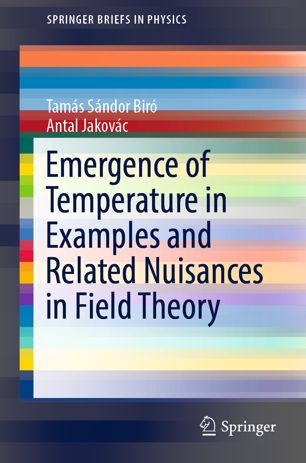

Most ebook files are in PDF format, so you can easily read them using various software such as Foxit Reader or directly on the Google Chrome browser.
Some ebook files are released by publishers in other formats such as .awz, .mobi, .epub, .fb2, etc. You may need to install specific software to read these formats on mobile/PC, such as Calibre.
Please read the tutorial at this link: https://ebookbell.com/faq
We offer FREE conversion to the popular formats you request; however, this may take some time. Therefore, right after payment, please email us, and we will try to provide the service as quickly as possible.
For some exceptional file formats or broken links (if any), please refrain from opening any disputes. Instead, email us first, and we will try to assist within a maximum of 6 hours.
EbookBell Team

0.0
0 reviewsField theory, relying on the concept of continuous space and time while confronted with the quantum physical nature of observable quantities, still has some fundamental challenges to face. One such challenge is to understand the emergence of complexity in the behavior of interacting elementary fields, including among other things nontrivial phase structures of elementary matter at high energy density or an atypical emergence of statistical properties, e.g., when an apparent temperature is proportional to a constant acceleration in a homogeneous gravitational field.
Most modern textbooks on thermal field theory are mainly concerned with how the field theory formalism should be used if a finite temperature is given. In contrast, this short primer explores how the phenomenon of temperature emerges physically for elementary fields - inquiring about the underlying kinetic field theory and the way energy fluctuations and other noise should be handled - and it investigates whether and how this harmonizes with traditional field theory concepts like spectral evolution, the Keldysh formalism, and phase transitions.